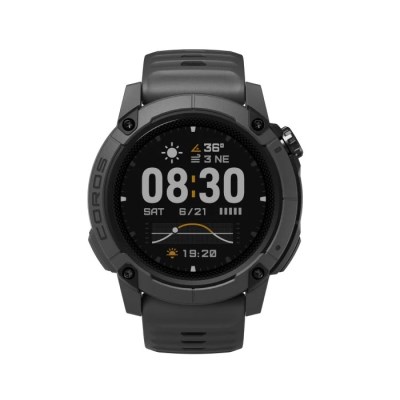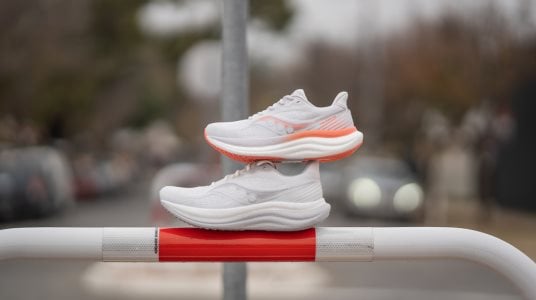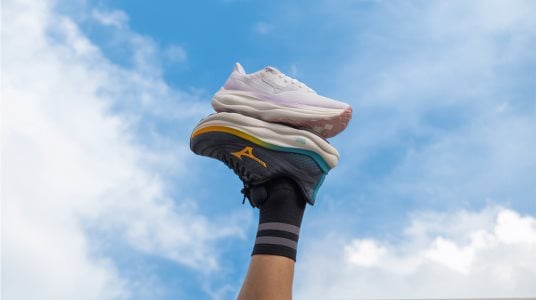COROS Nomad Review: Adventure-Ready and Feature-Packed
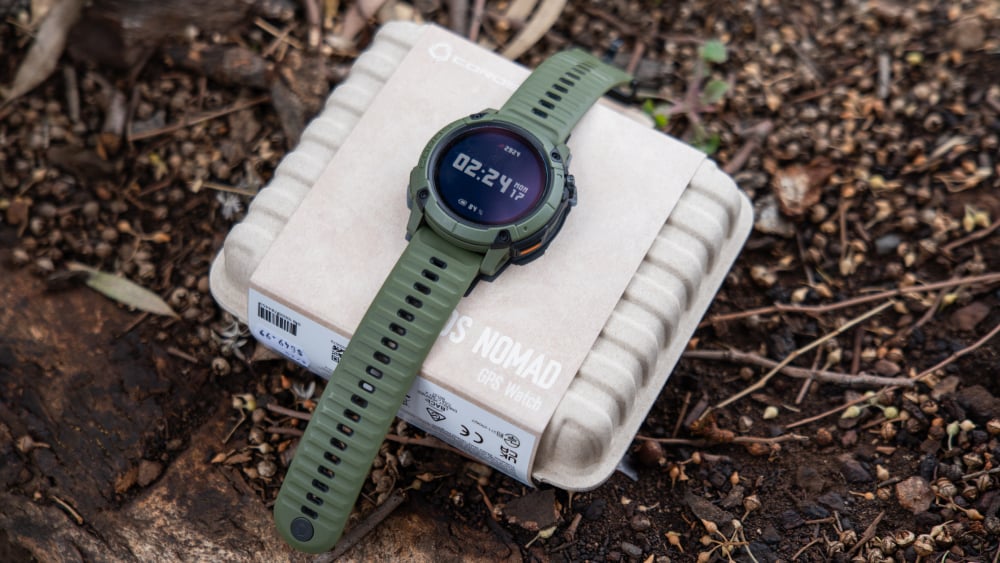
COROS has steadily built a reputation in the GPS watch market, known for long battery life, durability, solid value, and a focus on road, trail, and ultra running disciplines. Over the past few years, their lineup, including the Pace, Nomad, Apex, and Vertix series, has expanded to cover everyone from track and road runners to trail runners and adventurers.
Today, I’m sharing my experience with one of the newest additions to their range, the COROS Nomad. I’ve been testing it for several weeks leading up to a 36-hour adventure race, making it the perfect test scenario. My training has ranged from 10 to 15 hours per week across trail running, hiking, MTB, and other sports.
Why I Wanted to Try the Nomad
I’ve been using Garmin for the past five years. My old watch still worked well, so I didn’t feel the need to replace it, but it was starting to feel a little outdated compared to the newest tech. Friends who own Coros watches have always raved about them, and I was curious, though hesitant, because earlier models were not known for their mapping capabilities.
As someone who spends a lot of time on trails and outdoors, battery life and maps are my two most important features. When I heard the Nomad offered improved mapping and some unique features, I felt it was time to give Coros a proper try.
First Impressions
Out of the box, the Nomad feels surprisingly light for what it does, especially compared to my previous watch. The build is solid, and the interface is intuitive once you get used to it. The digital dial, used to navigate menus and zoom maps, is smoother than I expected, making in-activity adjustments simple.
Setup was straightforward, though I experienced a brief adjustment period getting used to the interface, similar to switching from Android to iPhone for the first time. GPS acquisition is fast, usually just a few seconds, and syncing with my phone is seamless.
While my experience is naturally influenced by my Garmin background, I have tried to assess the Nomad on its own merits rather than as a direct comparison.
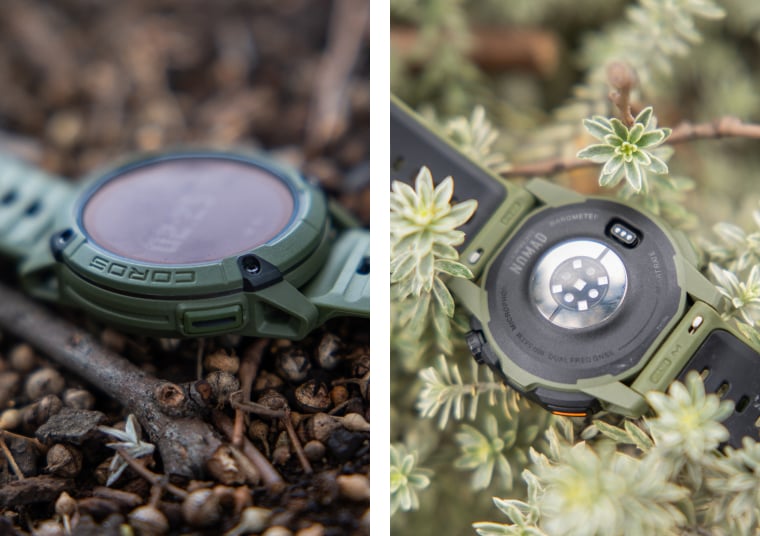
On the Run – Real-World Performance
Once I got comfortable with the watch and interface, I started testing it across a range of activities. Customising data screens, buttons and other settings is super easy - whether you do it directly on the watch or through the COROS app.
I’ll admit, I was a bit unsure about the dial at first. I wasn’t sure how I’d feel about it, but the more I used it, the more I liked it - especially for zooming in and out of maps. It’s much quicker than pressing buttons repeatedly and makes checking your route on the go really easy.
The touchscreen was another thing I was slightly hesitant about, some touchscreens can be finicky with sweat or rain. This one actually performs really well, even in those conditions. Personally, I ended up using the dial more often than the touchscreen, but if you prefer touch, it does a solid job.
As I mentioned earlier, the two features that matter most to me in a watch are battery life and mapping. I don’t want to be charging it constantly and I need it to last through long days out or multi-day adventures. COROS claims 22 days of daily use, and even with heavier training - GPS and maps included - I still got close to two full weeks before needing a recharge. That’s roughly 30 hours of recorded activity across trail runs, hikes, MTB rides and more, which is pretty impressive.
The mapping experience is also excellent and feels like a big step forward for COROS. You get full-colour topographic and street maps with good detail, including contour lines, trails, and street names, which makes it easy to orient yourself at a glance. You can download regional maps directly through the COROS app, and once they’re on the watch, everything runs offline. GPS accuracy was spot-on too, with no noticeable drift or dropouts, matching up closely with known routes and other devices I tested it against.
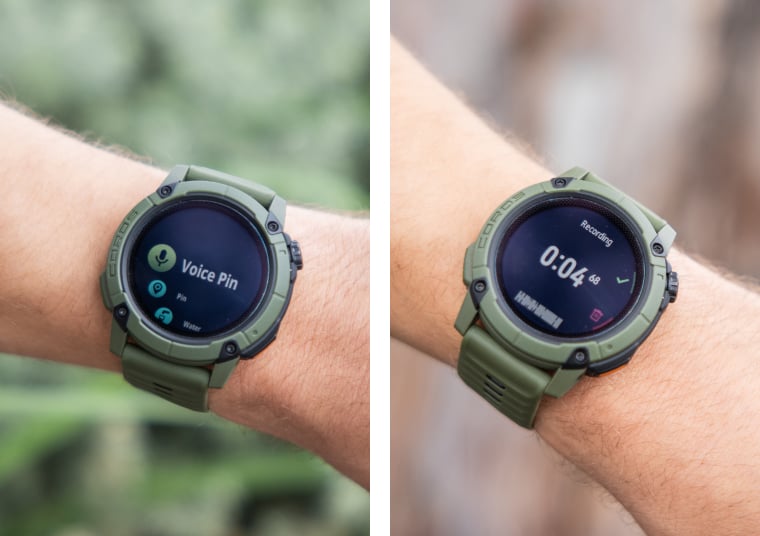
Features That Stood Out
Adventure Journal: One of my favorite features is the Adventure Journal. During an activity, you can press the action button to record voice notes, which are then transcribed and geo-tagged on your route. You can also pin intersections, water stops, or other points of interest. Photos and videos taken during the activity sync to the app and appear at the exact location you captured them. It is a fun way to relive a route and share it with friends.
Free Global Mapping: Unlike some competitors that restrict maps to specific regions or require paid downloads abroad, COROS allows you to download global maps for free. For travelers and multi-country adventurers, this is a significant plus.
Value: At $650, the Nomad offers around 50 hours of battery life in GPS mode and offline maps, arguably one of the best options on the market for adventure-ready watches.
USB-C Keychain Adapter: Small but clever. You do not need a dedicated cable, just the adapter, which works with standard USB-C chargers you already carry.
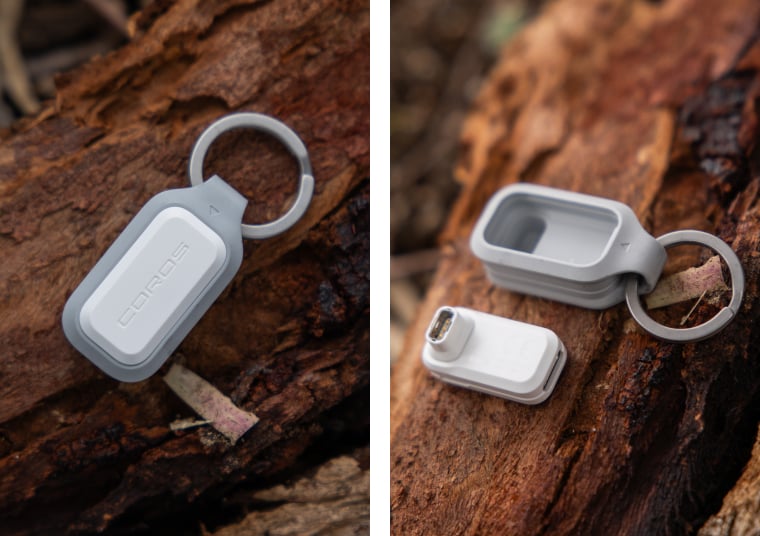
Trade-Offs
No music streaming (Spotify, etc.): You can load MP3s, but if you are used to streaming music directly from your watch, this is a change.
Limited smart features: Notifications, weather, and messages are supported, but it is not designed to be a smartwatch. For many runners and adventurers, this is a minor compromise in exchange for battery and mapping performance, but it is worth keeping in mind.
Who It Is For
After several weeks of use, I have not missed my previous watch. The Nomad feels robust, capable, and well thought-out, particularly for trail runners, hikers, and adventure enthusiasts. It is built for the outdoors, but its versatility makes it appealing for any runner or athlete who wants more than a standard GPS watch without breaking the bank.
At $650, the COROS Nomad delivers a compelling mix of battery life, maps, and adventure-ready features, making it a standout choice for long-distance runners, hikers, and outdoor adventurers.
About the author
Seb Lopez - Trail Runner & Photographer
I’m passionate about trail running, hiking, adventure racing, and the outdoors in general. My favourite runs are long days spent with mates, exploring new places.
I also appreciate how different shoes allow me to connect with the terrain in unique ways and how that affects the running experience. When I’m not out on the trails, you’ll probably find me behind the camera as a sports photographer. It’s great to be on the other side and see the sport from a different angle.
